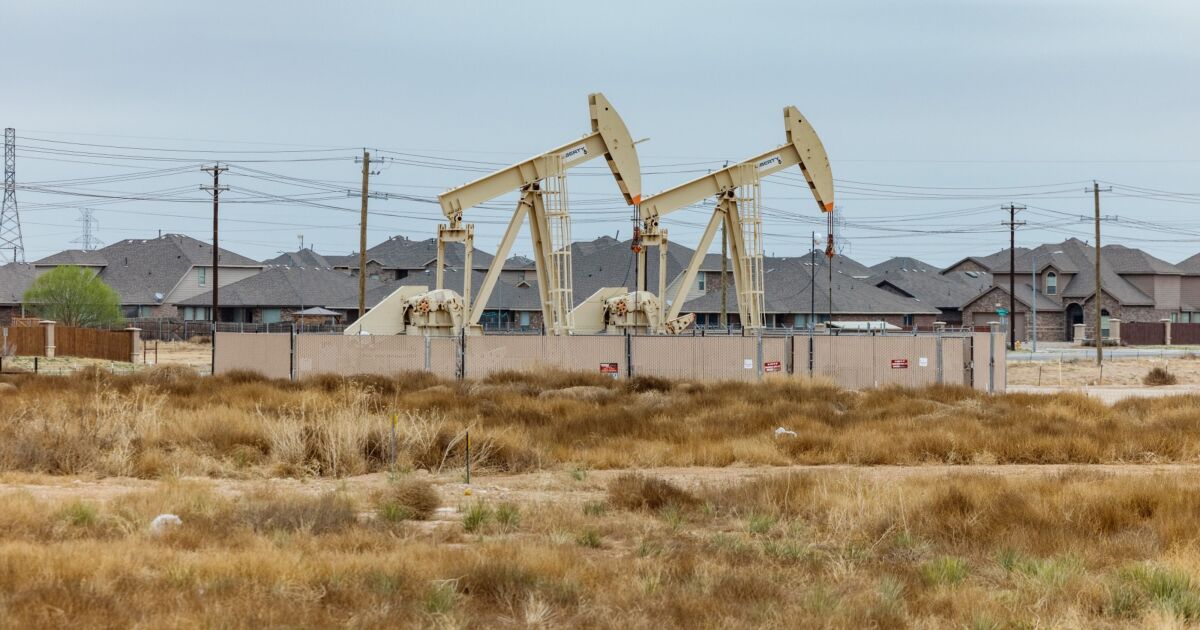

Oil output from the Permian Basin is slated to rise to a record-breaking high of 5.316 million barrels per day in July, according to a new report from the U.S. Energy Information Administration — an increase that comes even as high inflation and a lack of refining capacity threaten to keep prices largely unchanged.
According to the EIA’s Drilling Productivity Report, oil output in the Permian Basin, the prolific shale basin that stretches across Texas and New Mexico, is expected to increase by 84,000 barrels per day.
CHINA OVERTAKES GERMANY AS LARGEST IMPORTER OF RUSSIAN ENERGY
Total output from major U.S. shale oil basins, meanwhile, is expected to rise to 8.901 million barrels per day, the highest point since March 2020, per the EIA.
Meanwhile, the number of drilled but incomplete, or DUC, wells, is at its lowest point since 2013, the EIA said. The number of available DUCs has fallen for 23 consecutive months, Reuters reported.
The record-high Permian output levels come after a monthslong push from the Biden administration to increase drilling and domestic production, part of an effort to reduce record-high fuel costs amid Russia’s war in Ukraine, which has touched off demand and a global scramble for energy supplies.
Despite the higher-than-anticipated EIA forecast, analysts say the impact of the new crude supply is expected to be limited. For consumers to see a decrease in prices, more drilling must occur — and producers can’t rely on existing DUCs to avoid the cost of purchasing more wells.
CLICK HERE TO READ MORE FROM THE WASHINGTON EXAMINER
To that end, productivity in the Permian Basin has declined each month since December 2020, according to the EIA report. And production there is forecast to fall even further next month, down to 1,116 barrels per day, the lowest point since August 2020.





